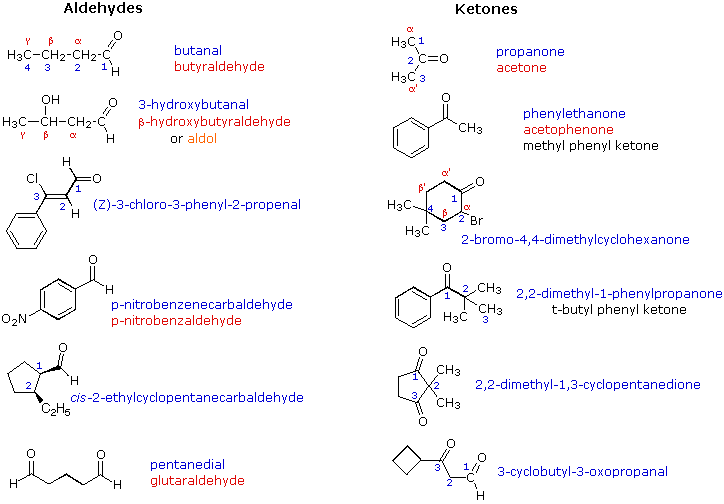

علم الكيمياء

تاريخ الكيمياء والعلماء المشاهير

التحاضير والتجارب الكيميائية

المخاطر والوقاية في الكيمياء

اخرى

مقالات متنوعة في علم الكيمياء

كيمياء عامة


الكيمياء التحليلية

مواضيع عامة في الكيمياء التحليلية

التحليل النوعي والكمي

التحليل الآلي (الطيفي)

طرق الفصل والتنقية


الكيمياء الحياتية

مواضيع عامة في الكيمياء الحياتية

الكاربوهيدرات

الاحماض الامينية والبروتينات

الانزيمات

الدهون

الاحماض النووية

الفيتامينات والمرافقات الانزيمية

الهرمونات


الكيمياء العضوية

مواضيع عامة في الكيمياء العضوية

الهايدروكاربونات

المركبات الوسطية وميكانيكيات التفاعلات العضوية

التشخيص العضوي

تجارب وتفاعلات في الكيمياء العضوية


الكيمياء الفيزيائية

مواضيع عامة في الكيمياء الفيزيائية

الكيمياء الحرارية

حركية التفاعلات الكيميائية

الكيمياء الكهربائية


الكيمياء اللاعضوية

مواضيع عامة في الكيمياء اللاعضوية

الجدول الدوري وخواص العناصر

نظريات التآصر الكيميائي

كيمياء العناصر الانتقالية ومركباتها المعقدة


مواضيع اخرى في الكيمياء

كيمياء النانو

الكيمياء السريرية

الكيمياء الطبية والدوائية

كيمياء الاغذية والنواتج الطبيعية

الكيمياء الجنائية


الكيمياء الصناعية

البترو كيمياويات

الكيمياء الخضراء

كيمياء البيئة

كيمياء البوليمرات

مواضيع عامة في الكيمياء الصناعية

الكيمياء الاشعاعية والنووية
Nomenclature of Aldehydes and Ketones
المؤلف:
William Reusch
المصدر:
Virtual Textbook of Organic Chemistry
الجزء والصفحة:
............
1-8-2018
3385
Nomenclature of Aldehydes and Ketones

Aldehydes and ketones are organic compounds which incorporate a carbonyl functional group, C=O. The carbon atom of this group has two remaining bonds that may be occupied by hydrogen or alkyl or aryl substituents. If at least one of these substituents is hydrogen, the compound is an aldehyde. If neither is hydrogen, the compound is a ketone.
The IUPAC system of nomenclature assigns a characteristic suffix to these classes, al to aldehydes and one to ketones. For example, H2C=O is methanal, more commonly called formaldehyde. Since an aldehyde carbonyl group must always lie at the end of a carbon chain, it is by default position #1, and therefore defines the numbering direction. A ketone carbonyl function may be located anywhere within a chain or ring, and its position is given by a locator number. Chain numbering normally starts from the end nearest the carbonyl group. In cyclic ketones the carbonyl group is assigned position #1, and this number is not cited in the name, unless more than one carbonyl group is present. If you are uncertain about the IUPAC rules for nomenclature you should review them now.
Examples of IUPAC names are provided (in blue) in the following diagram. Common names are in red, and derived names in black. In common names carbon atoms near the carbonyl group are often designated by Greek letters. The atom adjacent to the function is alpha, the next removed is beta and so on. Since ketones have two sets of neighboring atoms, one set is labeled α, β etc., and the other α', β' etc.

Very simple ketones, such as propanone and phenylethanone (first two examples in the right column), do not require a locator number, since there is only one possible site for a ketone carbonyl function. Likewise, locator numbers are omitted for the simple dialdehyde at the bottom left, since aldehyde functions must occupy the ends of carbon chains. The hydroxy butanal and propenal examples (2nd & 3rd from the top, left column) and the oxopropanal example (bottom right) illustrate the nomenclature priority of IUPAC suffixes. In all cases the aldehyde function has a higher status than either an alcohol, alkene or ketone and provides the nomenclature suffix. The other functional groups are treated as substituents. Because ketones are just below aldehydes in nomenclature suffix priority, the "oxo" substituent terminology is seldom needed.
Simple substituents incorporating a carbonyl group are often encountered. The generic name for such groups is acyl. Three examples of acyl groups having specific names are shown below.

 الاكثر قراءة في مواضيع عامة في الكيمياء العضوية
الاكثر قراءة في مواضيع عامة في الكيمياء العضوية
 اخر الاخبار
اخر الاخبار
اخبار العتبة العباسية المقدسة

الآخبار الصحية















 قسم الشؤون الفكرية يصدر كتاباً يوثق تاريخ السدانة في العتبة العباسية المقدسة
قسم الشؤون الفكرية يصدر كتاباً يوثق تاريخ السدانة في العتبة العباسية المقدسة "المهمة".. إصدار قصصي يوثّق القصص الفائزة في مسابقة فتوى الدفاع المقدسة للقصة القصيرة
"المهمة".. إصدار قصصي يوثّق القصص الفائزة في مسابقة فتوى الدفاع المقدسة للقصة القصيرة (نوافذ).. إصدار أدبي يوثق القصص الفائزة في مسابقة الإمام العسكري (عليه السلام)
(نوافذ).. إصدار أدبي يوثق القصص الفائزة في مسابقة الإمام العسكري (عليه السلام)


















